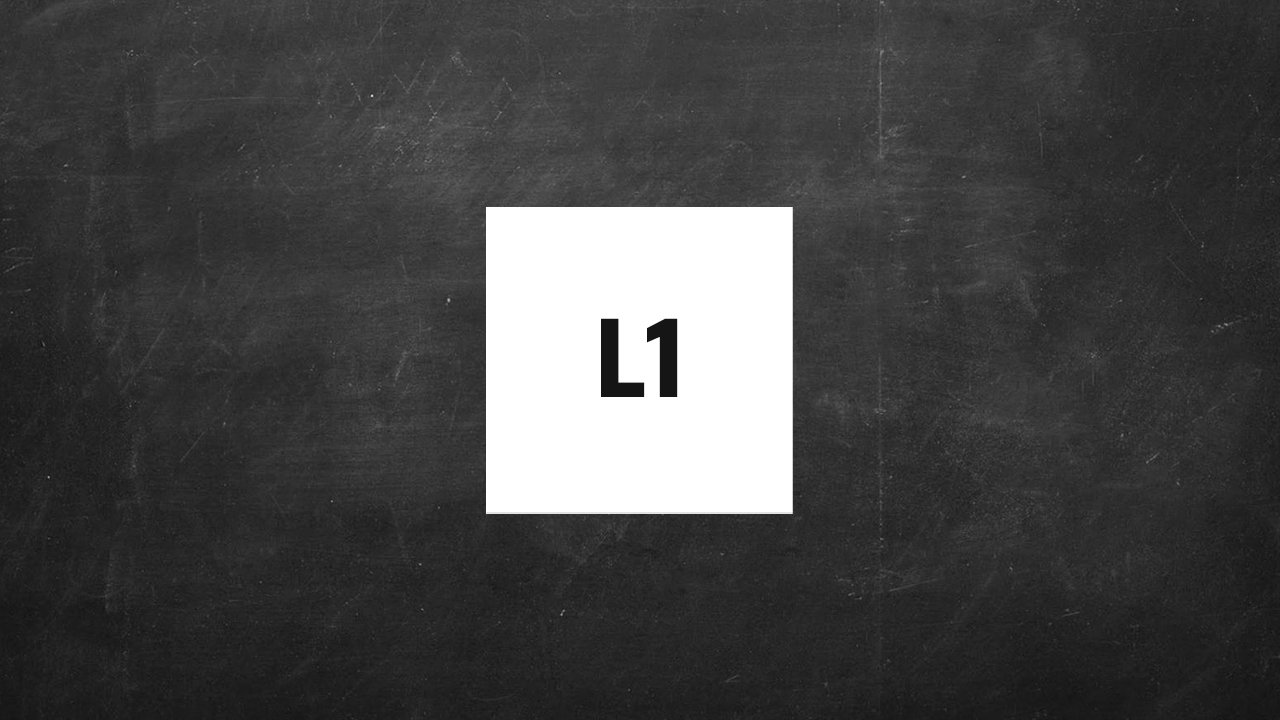When we talk about blockchains, the terms Layer-1, Layer-2 and Layer-3 are all used quite often – but what do these terms mean, and what are the differences between the three?
If you’re looking for the short answer:
- Layer-1 blockchains are major networks, such as Bitcoin, Ethereum and Solana. They are all-purpose, generalised tools, rather than optimised for a specific task. This means transaction speeds are low, and transaction costs are high.
- Layer-2 blockchains are side networks, built on top of Layer-1 blockchains, such as Polygon, Immutable, and Base. They often support a specific niche, e.g. blockchain games, and process transactions away from the Layer-1 they support. This means transaction speeds are higher, and costs are lower.
- Layer-3 blockchains are specialist networks, built on top of Layer-2 blockchains. They’re often built to support specific apps to prevent slowdowns on the Layer-2 they support. As they’re built specifically for one app, transaction speeds are very high, and costs are very low.
Want to discover and understand the precise differences? Let’s take a look.

Layer-1 blockchains explained
Layer-1 blockchains are the core blockchain networks. They process and finalise transactions with security and integrity as the top priority. Some of the most popular Layer-1 blockchains include Bitcoin (BTC), Ethereum (ETH), and Solana (SOL).
Bitcoin was the first Layer-1 blockchain. It trades speed and volume for security and reliability, so whilst it can handle a small number of transactions, it starts to struggle once transaction volume increases.
Ethereum introduced smart contracts to Layer-1 blockchains, allowing the development of blockchain-based apps. CryptoKitties, the first popular blockchain game, pushed beyond the limits of what Layer-1 blockchains can handle (at the time), which sparked the development of Layer-2 blockchains – which we’ll discuss later.
Layer-1’s work by verifying transaction authenticity across a network of nodes – individual computers – before adding them to a transaction block. Once a whole block of transactions is verified, it is pushed to the blockchain, finalising the transaction across the whole network.
Typically, Layer-1 blockchains cannot communicate to each other, though there’s a growing number of bridges – tools which make this feasible, and can allow assets to be sent across Layer-1 blockchains.
Layer-2 blockchains explained
Layer-2 blockchains support Layer-1 blockchains, but offer higher volumes, faster speeds, and lower costs. They typically specialise in a particular niche (e.g. gaming), and relieve Layer-1 blockchains by taking a share of the transactions, batching them together, and finalising them in one push.
Polygon is a popular Layer-2 blockchain for Ethereum. It uses a network of nodes to process transactions, combine them together, and then push them to Ethereum. By committing one transaction on Polygon, you’re paying for a fraction of a transaction on Ethereum, making costs lower, and speeds higher.
Gaming-optimised Ethereum Layer-2 Immutable introduced zero-knowledge (ZK) rollups, which allow a huge quantities of transactions to be processed whilst enforcing top-notch security, giving Ethereum a new path to secure scalability.
It is often easier for Layer-2 blockchains to communicate, especially if they support the same Layer-1 blockchain, facilitating much more cross-app synchronisation and collaboration.
Layer-3 blockchains explained
Layer-3 blockchains support Layer-2 blockchains by processing app-specific transactions on a separate blockchain. This reduces the transaction volume on Layer-2 blockchains, whilst ensuring high-volume apps can run smoothly without affecting other apps on the same Layer-2 network.
Right now, there’s comparatively fewer Layer-3 blockchains. Some of the most notable include Aavagotchi‘s Gotchichain, Orbs, and Uniswap.
Riding crypto waves since 2012, bridging digital and physical worlds through prose.